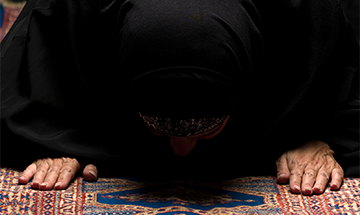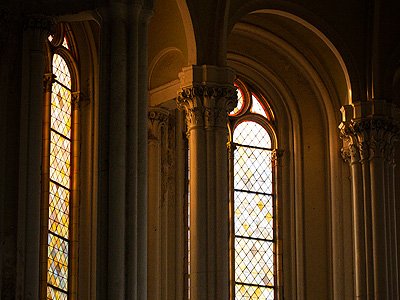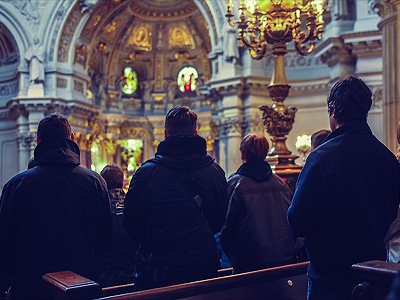When a Shared Parking Lot Isn’t Just About Parking
|| Written by Paul D. Numrich, Methodist Theological School in Ohio and Trinity Lutheran Seminary || What happens when a Catholic church provides overflow parking to a Hindu temple? Is it primarily an exchange of resources? Or is something more going on? In our book on immigrant congregations, Sacred Assemblies and Civic Engagement, Fred Kniss and I…





